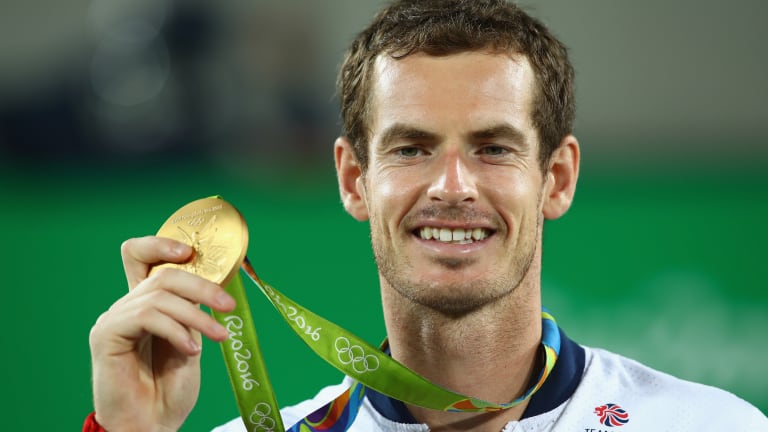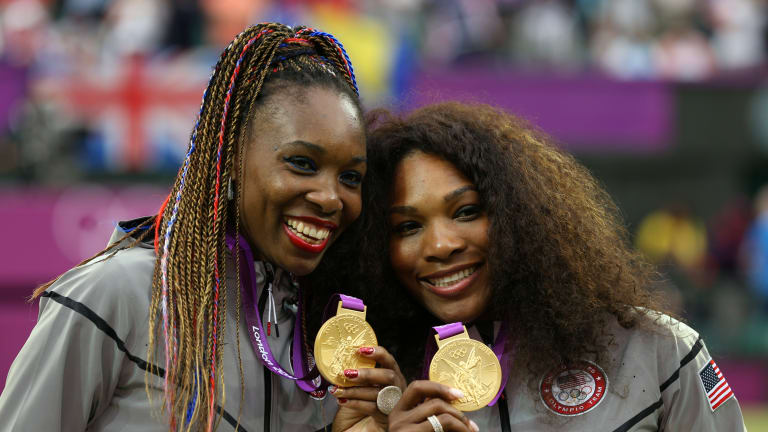The relationship between the Olympic Games and the sport of tennis can be summed up in two simple words: It’s complicated.
Some players’ eyes light up at the mere mention of representing his or her country every four years. For others, the thought of Olympic glory elicits a much more tepid “meh.”
So why does the range of responses vary so greatly? Let’s start with a short history lesson.
Tennis was included in the inaugural summer Olympic Games in Athens in 1896. It remained in the Olympic program through the eighth Olympiad in Paris in 1924, when it was removed after the IOC and the ITF failed to settle on, among other things, a definition of amateurism. Tennis would appear as a demonstration sport at the 1968 and 1984 Olympics before its official reinstatement in Seoul in 1988.
With no prize money in play, the ATP incentivized players with valuable ranking points starting at the 2000 Sydney Games. The WTA followed suit in Athens in 2004, but that was short lived. Both tours removed point values before the 2016 Rio de Janeiro Games.
Got that?
In addition to a hot and cold history that excludes tennis almost as many times as it is included in the summer Olympic program, the Olympic Games are not the pinnacle of the sport like they are for, say, swimming or track and field. A major title or a world No. 1 ranking, which happen to be accompanied by handsome financial rewards, are the usual suspects atop a young tennis player’s list of career goals. An Olympic medal is simply a bonus.
And the odds of adding a medal to the trophy shelf are slim.



